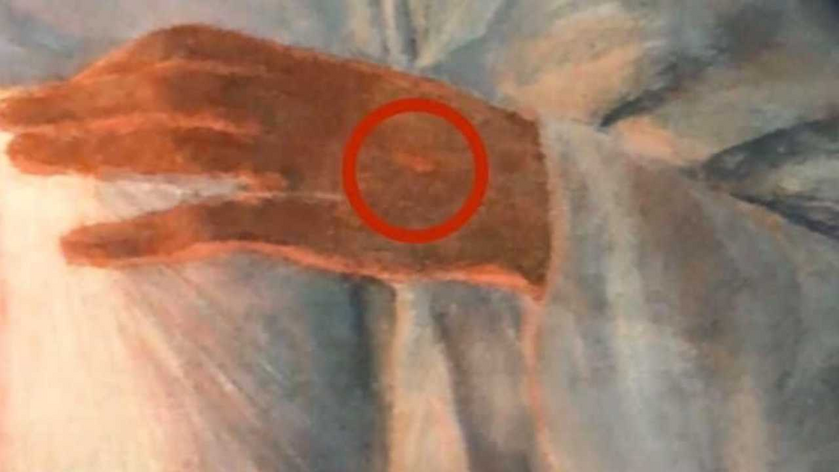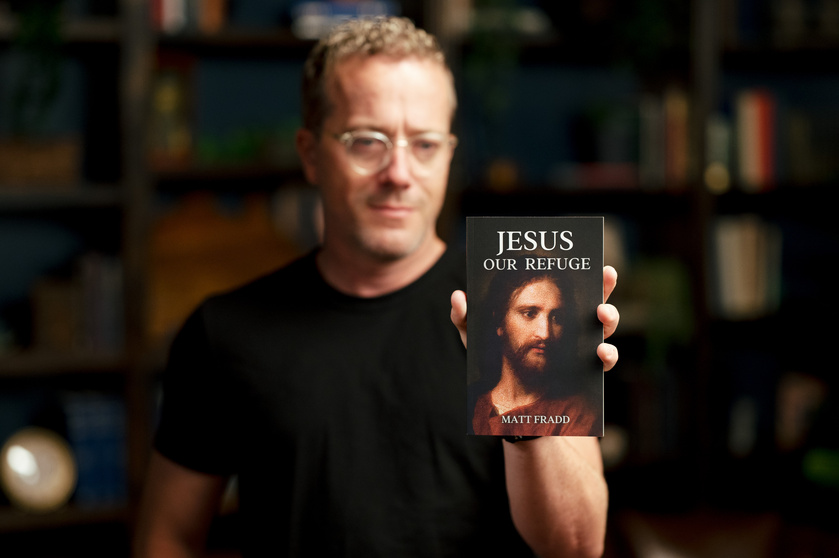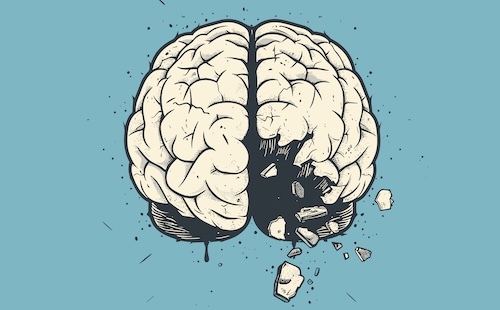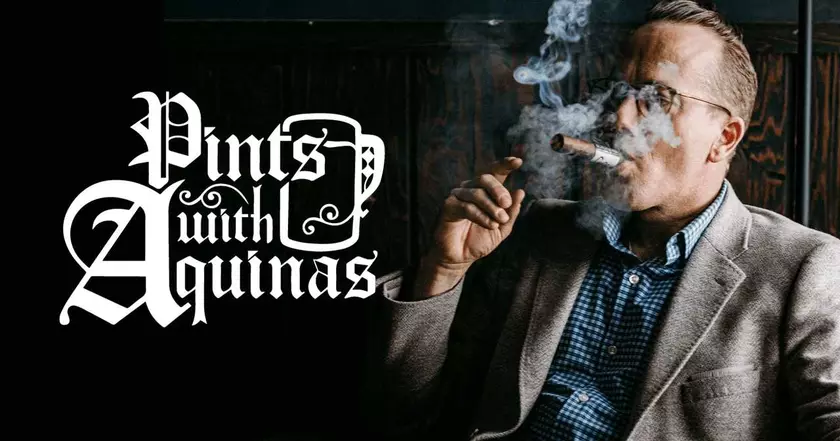The following article was actually a post by one of our Locals' supporters, Cody Hayes, back on December 2, 2022. I just now came across it and thought it was really well written. I wanted to post it as an article here so more people could read it. Thank you, Cody!
Lately I’ve become intrigued by investigating the areas of correlation between the western reverence to Jesus' Sacred Heart and the eastern concept of "prayer of the heart" the Jesus prayer and nous, as well as exploring whether the Divine Mercy chaplet may somehow unite these two treasured devotions.
I've been considering how St. Faustina, her writings, the Divine Mercy chaplet, the original Divine Mercy image, etc., are this synthesis of east and west, just as Poland (the location of the apparitions) and Lithuania (where Sr. Faustian received formation) are the gateways to both worlds and cultures.
It appears that all schools of thought and expression are equally represented in the devotion of Faustina. The chaplet is extremely reminiscent of the Jesus prayer; it even closes with the Trisagion, a hymn sung at Divine Liturgy in the majority of Eastern rites. However, it also incorporates elements of the Sacred Heart devotion and rosary.
The original Divine Mercy artwork is both Western, and yet, very reminiscent of eastern iconography. You can perceive it if you are thinking about icons while viewing the Divine Mercy image, and you can also in paradoxical like fashion detect it if you are thinking about Western depictions of Christ. Due to the fact that it does not explicitly depict the Sacred Heart, the image of Divine Mercy is more agreeable to eastern devotional sensibilities. For this reason I am convinced that the Divine Mercy devotions are more approachable to eastern Christians, or at least more approachable to them than the Sacred Heart depictions or various western Marian devotions.
The chapel housing the miraculous icon of Our Lady of Ostrabrama, which is revered by both Catholics and Orthodox, is where the very first Divine Mercy image was unveiled in front of the lay faithful. Remarkably, the name "Our Lady of Mercy" was given to the icon years before Saint Faustina started to receive revelations of Divine Mercy. Additionally, when praying a novena in the Ostrabrama chapel the icon came to life and spoke to Saint Faustina. This is why an image of the Ostrabrama icon is frequently shown in older pamphlets that promoted the devotion to Divine Mercy. The Byzantine rite was one Saint Faustina was familiar with. On more than one occasion, she attended a retreat that had a Divine Liturgy, this according to a footnote in her diary.
The diary of Faustina is filled with eastern practicality and is incredibly mysterious and mystical. However, it is also framed according to traditional Catholic doctrinal principles. All of these factors occasionally come under harsh criticism from various western traditionalist groups, but in my opinion, what they are really objecting to is a foreign ‘easterness’ rather than liberalism or modernism. (More about this later…)
Given that there are both Orthodox and Catholics living thereabouts in that region, perhaps this unique Divine Mercy devotion is merely a reminder of how the church once functioned organically, breathing from both lungs, before the great schism, and what it might once more embody, God willing.
However, the Eastern Orthodox aren’t the only skeptics of this recent (and controversial) Roman Catholic devotion. Amongst various online traditionalist circles, I have witnessed vast criticisms of St. Faustina and the Divine Mercy devotions. Granted I have never met anyone in real life who holds this position and I attend traditional liturgies exclusively. Most of these folks are on Internet COM boxes and have these generic criticisms:
1. Sister Faustina’s diary was put on the index of forbidden books. Within the diary there are perplexing, confusing, uncanny events recorded.
2. The original Divine Mercy image commissioned by Sister Faustina does not have the wounds of Christ.
3. Devotion to the Divine Mercy image and chaplet of Divine Mercy take away the rightful attention to the Sacred Heart image and Holy Rosary.
Personally, I think these arguments are weak and intellectually flawed. But actually, it’s not even that big of a deal- if you don’t like the Divine Mercy image, diary, or chaplet, then don’t participate in them. They’re optional.
1. Sister Faustina’s diary was put on the index of forbidden books. Within the diary there are perplexing, confusing, uncanny events recorded.
The typical explanation of this is that there was a faulty translation and the Vatican made this decision based off of this translation. John Paul II, being from Poland, personally took up arms for the corrected translation argument and rehabilitated this private revelation. JPII is by far not my favorite Papacy and it seems, in hindsight, he made a lot of poor prudential judgments-especially in matters ecumenism. But I don’t think rehabilitating the Divine Mercy was one of them. Karol Wojtyła was a holy, pious, and a remarkable intellectual; Polish was his native tongue and he spoke 12 other languages. If he said that it was a translation error, then it’s safe to say that I can trust him on that. The opposition to this position, has to reach very far ideologically speaking and use Pope John the 23rd as proof. St Faustina‘s diary and devotion were still banned under the pontificate of John XXIII ... but half of these claimants don’t even believe he was a true pope.
Within the diary there are perplexing, confusing, uncanny events recorded. Yup. Every single apparition I have ever read is the same. That’s why they are private revelations and not public revelations. The diary is huge. And just because it is approved doesn’t mean that every single word is true. Faustina could’ve made a mistake while transcribing it. It’s not divinely inspired. That said, it is a beautiful read, full of orthodox teachings. One cannot mistake that Sister Faustina loves our Lord, His Sacred Heart, the Church, His Mother, and is fearful of His Divine Justice.
Apparitions are private revelations and do not add nor complete the deposit of revelation found in Sacred Scripture and Sacred Tradition. You can take them or leave them and still be a faithful, orthodox, and traditional practicing catholic. Even if the Church does give an official approval to a private revelation, the faithful are not obliged to believe in it.
I have observed, especially in traditional circles, an unhealthy focus on private revelations. They interpret everything: scripture, sacred tradition, magisterial teaching, through this ‘hermeneutic of apparition’. It reminds me of similar circles of Protestantism that interpret all of the Bible through they’re understanding of the book of revelation.
It should actually be the opposite, we should spend more time focusing on Scripture, Church fathers, encyclicals, the writings of saints. Those are our meat and potatoes. Private revelations are dessert. You can eat dessert first and more frequently but you will get cavities, obesity, and heart disease. And boy there are some unhealthy fat kid internet trolls out there!
2. The original Divine Mercy image commissioned by Sister Faustina does not have the wounds of Christ.
Recently I purchased an exclusive licensed and commissioned hi-resolution digital replica of St. Faustina’s original masterpiece of the Divine Mercy painted by Eugeniusz Kazimirowski 1935 in Vilnius, Lithuania. This is not simply a copy or a picture of the work. What appears to be wounds can be seen on the hands, granted they aren’t front and center nor are they specifically highlighted. But one can see them for sure. Keep in mind that this image was not completely found and restored until 2000. Everything you can find on the internet is simply a low quality picture.
Again, this is a private revelation and even if the Vatican does approve the image, it only says that it is not harmful and that one can venerate it if one wishes, all be it prudently. If you don’t like the image – don’t make it part of your spiritual devotional life. Catholics are free to choose which devotions or type of art they like. There are also some complaints that the image does not show our Lord’s most Sacred Heart. Com'on where do you think the rays are flowing from?
3. Devotion to the Divine Mercy image and chaplet of Divine Mercy take away the rightful attention to the Sacred Heart image and holy rosary.
This is silly. Reciting the rosary takes twenty minutes. Reciting the Divine Mercy chaplet takes less than ten. Somebody can’t do both in a single day? In my household, the Sacred Heart of Jesus is enthroned...and in another part of the house I have a picture of the Divine Mercy prominently hung. I’ve never met a devotee of the Divine Mercy message that didn’t also have some devotion to the Sacred Heart. If they didn’t, that’s cool too. It’s optional.
Again, you don’t have to promote or participate in every single Catholic devotion. I can freely choose the chotki over the rosary. I can pray the luminous mysteries, I don’t personally, but I totally could and still be a traditional Catholic. I can choose to wear the green scapular and not the brown. I can choose to wear St. Benedict Medal and not the Miraculous. Or I can choose none of them. They’re optional.
I think that people, well-meaning people, have received specific favors from specific devotions and then they become passionate about their own personal devotional piety. They then become crypto-superstitious evangelists so to speak, ruthlessly proselytizing others to pick up the mantle of their personal taste and experience. As Cardinal Arinze used to say, ‘people should be left in peace and not in pieces’. If someone has a devotional life, THAT IS AWESOME, that means that they are praying. Cool. Amen.
I'm not a 'Radical-Traditionalist' just because pray the 15 mysteries exclusively. I'm not a 'Neo-Catholic' just because I recite the Divine Mercy Chaplet. I don't belong to the 'Church of Nice' just because I'm non-confrontational and well... nice. I'm just a mass going, magisterium following, tradition loving, Catholic who is fighting for sanctity in this unprecedented time. Let’s stop being knee-jerk reactionaries and let’s stop being jerks in general.
I believe that the Divine Mercy devotions are more palatable to Protestant sensibilities too. I’ve gotten my Protestant friends to say the Chaplet of Divine Mercy more easily than the rosary. But then from there they can warm-up to the rosary. They seem to be attracted to the image as well when Protestants are usually somewhat squeamish at Catholic imagery.
One day, towards the last few years of my mom’s life, she called me up and asked me, “what’s that one song prayer thing they sing on TV everyday?”
Me perplexed and annoyed, “huh!?”
She responded like I should certainly know, “you know they sing EVERY afternoon.”
Me in the middle of a lunch rush, “Mom I’m at work, who sings a song?”
Mom starts singing off key, “for the sake of His sorrowful passion.”
I walk to the office stunned, “mom that’s the Divine Mercy chaplet. You watch EWTN the Catholic station?”
Like a happy child she exclaimed, “yeah I like that song prayer thing- I listen everyday.” Her off key song resumes, “Have mercy on us and on the whole world.”
“Ok Mom, love you, got to get back to work.”
“I love you son, say it again.”
“Love you mom.”
If my mother, a former assemblies of God charismatic baptistish woman can learn, recite daily, and find great peace in the Chaplet of Divine Mercy...then anyone can! I pray this prayer was on her lips and heart in her last moments.
Jesus, I trust in You.


















